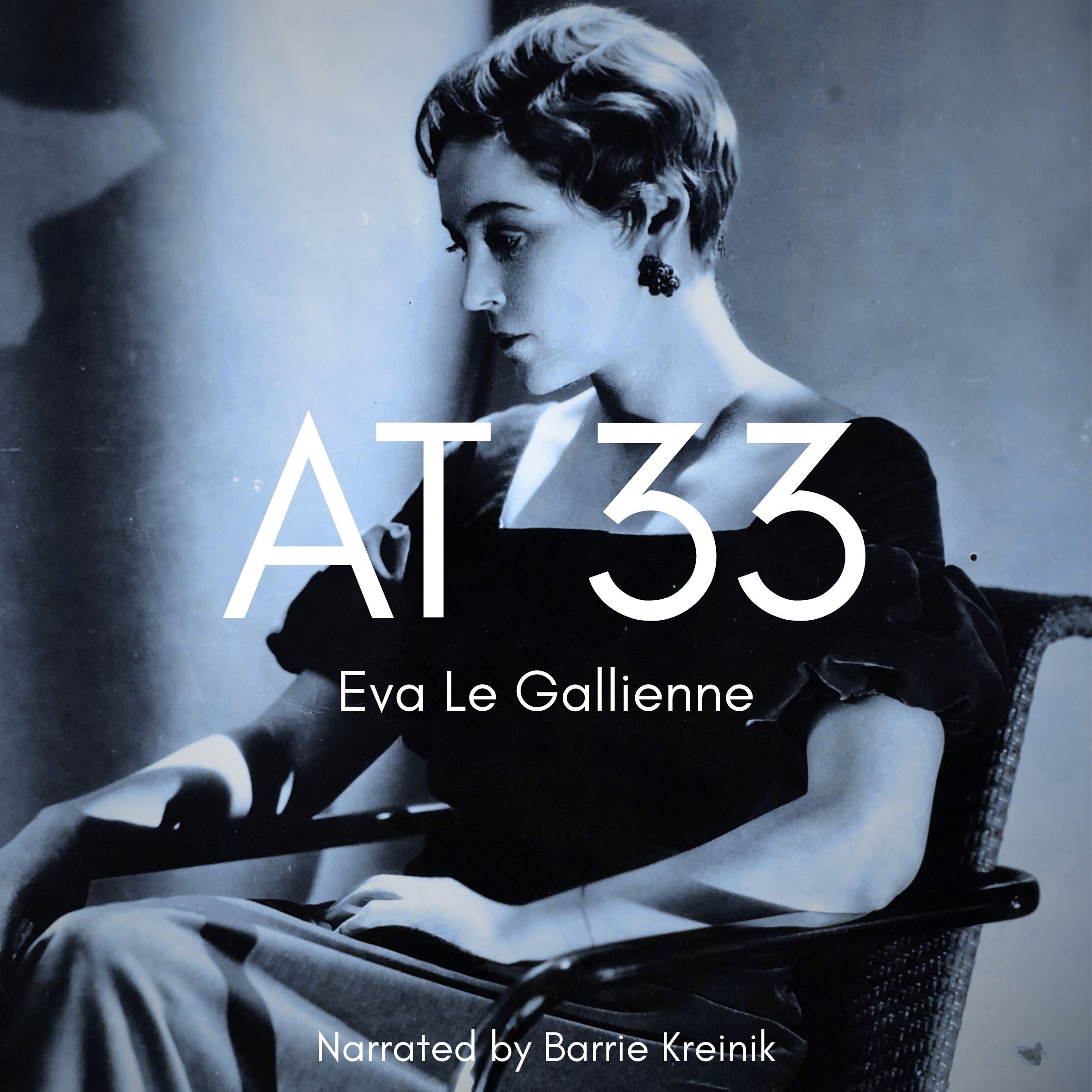Guangxi 12
Listen to Guangxi 12, a 20-year-old woman from Dapo, Cangwu, Wuzhou, Guangxi, China. Click or tap the triangle-shaped play button to hear the subject.
Both as a courtesy and to comply with copyright law, please remember to credit IDEA for direct or indirect use of samples. IDEA is a free resource; please consider supporting us.
BIOGRAPHICAL INFORMATION
AGE: 20
DATE OF BIRTH (DD/MM/YYYY): 03/08/1993
PLACE OF BIRTH: Dapo, Cangwu, Wuzhou, Guangxi Zhuang Autonomous Region
GENDER: female
ETHNICITY: Han Chinese
OCCUPATION: student
EDUCATION: university
AREAS OF RESIDENCE OUTSIDE REPRESENTATIVE REGION FOR LONGER THAN SIX MONTHS: N/A
OTHER INFLUENCES ON SPEECH: N/A
The text used in our recordings of scripted speech can be found by clicking here.
RECORDED BY: Bill McCann
DATE OF RECORDING (DD/MM/YYYY): 28/11/2013
PHONETIC TRANSCRIPTION OF SCRIPTED SPEECH: N/A
TRANSCRIBED BY: N/A
DATE OF TRANSCRIPTION (DD/MM/YYYY): N/A
ORTHOGRAPHIC TRANSCRIPTION OF UNSCRIPTED SPEECH:
Hello, I have visited to Guposhan National Forest park, and now let me introduce it to you. Firstly, when you arrive, you will find – find the door with a flavor of ancient. Then there are several waterfalls. You can take many photos with these beautiful waterfalls and feel the beauty of the nature. The most important thing is that you must climb mountains. The most highest mountain has 1,844 metres. It will take you three hours to reach the top. Finally, there are also many things you can do, such as camping, drifting, and drinking. I think Gupposhan National Forest park is worth to visit, and if you have any time, welcome to here. That’s all, thank you.
[The subject now goes on to read abstracts from the Analects of Confucius in her own Dapohua dialect. (See the detailed commentary below.) She has also provided a pinyin transliteration. A reading in Putonghua (Mandarin) can be heard on the Hebei 1 sample.]
TRANSCRIBED BY: Bill McCann
DATE OF TRANSCRIPTION (DD/MM/YYYY): 15/12/2013
PHONETIC TRANSCRIPTION OF UNSCRIPTED SPEECH: N/A
TRANSCRIBED BY: N/A
DATE OF TRANSCRIPTION (DD/MM/YYYY): N/A
SCHOLARLY COMMENTARY:
SHORT READINGS FROM THE ANALECTS OF CONFUCIUS
KEY: A = Mandarin (Simplified); B = Mandarin (Pinyin); C = Dialect (Pinyin); D = English.
孔子: 论语 – Kǒng zǐ : lún yǔ – Kon zi: len yu – Confucius: Lun Yu
學而第一 – xué ér dì yī – Xué ér dì yī – Chapter One
A: 1-1:- 子曰: 學而時習之、不亦說乎。
B: yī-yī :- zǐ yuē: xué ér shí xí zhī, bù yì yuè hū.
C: yī-yī :- zi2 jyut6 : hok6 ji4 si4 zaap6 zi1 、bat1 jik6 jyut6 fu4
D: 1-1:- The Master said: Is it not pleasure to learn, and practise what is learned time and again?
A: 1-2:- 有朋自遠方來、不亦樂乎。
B: yī-èr:- yǒu péng zì yuǎn fāng lái, bù yì lè hū.
C: yī-èr:- jau6 pang4 zi6 jyun6 fong1 loi6 、bat1 jik6 lok6 fu4
D: 1-2:- Is it not happiness to have friends coming from distant places?
A: 1-3:- 人不知而不慍、不亦君子乎。
B: yī-sān: rén bù zhī ér bù yùn, bù yì jūn zi hū.
C: yī-sān: jan4 bat1 zi3 ji4 bat1 wan3 、bat1 jik6 gwan1 zi2 fu4
D: 1-3:- Is it not virtue for a man to feel no discomposure when others take no note of him?
為政第二 – wéi zhèng dì èr – wéi zhèng dì ér – Chapter two
A: 2-2:- 子曰:「詩三百,一言以蔽之,曰:『思無邪』。
B: èr-èr:- zǐ yuē: shī sān bǎi, yī yán yǐ bì zhī , yuē: sī wú xié.
C: èr-èr:- zi2 jyut6: si1 saam3 baak3 , jat1 jin4 ji5 bai3 zi1, jyut6 : si3 mou4 ce4
D: 2-2:- The Master said: In the Book of Odes there are three hundred poems, but they may be summarised in a single sentence: Think no evil.
A: 2-7:- 子游問孝。子曰:今之孝者,是謂能養。至於犬馬,皆能有養;不敬, 何 以別乎。
B: èr-qī:- zǐ yóu wèn xiào. zǐ yuē: jīn zhī xiào zhě, shì wèi néng yǎng. zhì wū quǎn mǎ, jiē néng yǒu yǎng; bù jìng, hé yǐ bié hū.
C: : èr-qī:- zi2 jau4 man6 haau3 .zi2 jyut6:gam1 zi1 haau3 ze2, si6 wai6 nang4 joeng5. zi3 jyu1 hyun2 maa5 ,gaai1 wai6 jau5 joeng5; bat1 ging3, ho4 ji5 bit6 fu4
D: 2-7:- Zi You asked what filial piety was. The Master said: Nowadays, providing support for one’s parents is considered filial piety. But dogs and horses can also do this. If there is no respect, what is the difference?
A: 2-10:- 子曰:「視其所以,觀其所由,察其所安。人焉叟哉?人焉叟哉?
B: èr-shí :- zǐ yuē: shì qí suǒ yǐ , guān qí suǒ yóu, chá qí suǒ ān. rén yān sǒu zāi? rén yān sǒu zāi?
C: èr-shí :- zi2 jyut6: si6 kei4 so2 ji5, gun3 kei4 so2 jau4 , caat3 kei4 so2on1. jan4 jin4 sau2 zoi1? jan4 jin4 sau2 zoi1?
D: 2-10:- The Master said: Watch what a man does. Find out his motives. See how he takes his ease. How then can the man hide his true self? How can the man hide his true self?
COMMENTARY
The subject’s dialect is a subdialect of the Wuzhou dialect, a member of Guangfu (廣府話) or the Yuehai group. This group includes Cantonese proper, which is spoken in Guangzhou, Hong Kong, and Macau. It also includes the dialects of the surrounding areas in the Pearl River Delta, such as Zhongshan, Foshan, Dongguan, and Shenzhen. Inland, it is spoken in the southern parts of the prefectures of Zhaoqing and Qingyuan. In Guangxi, it is spoken only in Wuzhou and the counties immediately surrounding it.
See the Guangxi 1 sample for a general introduction to the history and culture of Guangxi. The subject’s hometown is Dapo village in Cangwu County, under the administration of Wuzhou City.
Wúzhōu is aprefecture-level city located in eastern Guangxi bordering Guangdong province, which is bisected by the Tropic of Cancer. The city traditionally belongs to the Cantonese cultural and linguistic region. It straddles the confluence of the Gui River and the Xun River where they unite to form the Xi River. As a result, 85 percent of all the water in Guangxi flows through Wuzhou. One consequence of this is that Wuzhou itself, and many of the surrounding villages, used to be severely flooded during the monsoon season. This has had an interesting effect on the vernacular architecture; the older buildings in the city all have a front door on the second floor to allow access from the boats that had to be used for transport when the streets were effectively transformed into canals. This is still necessary in some of the surrounding villages.
Wuzhou has a recorded history of more than 2,000 years. Known as Cangwu County in the Han Dynasty (206 BCE – 220 CE), it acquired its present name in 621 CE, during the Tang Dynasty (618 – 907). Under the Ming Dynasty (1368 – 1644), it became the political and military center of both Guangdong and Guangxi. In 1927, it became the first city in Guangxi to be raised to prefecture-level.
COMMENTARY BY: Bill McCann
DATE OF COMMENTARY (DD/MM/YYYY): 15/12/2013
The archive provides:
- Recordings of accent/dialect speakers from the region you select.
- Text of the speakers’ biographical details.
- Scholarly commentary and analysis in some cases.
- In most cases, an orthographic transcription of the speakers’ unscripted speech. In a small number of cases, you will also find a narrow phonetic transcription of the sample (see Phonetic Transcriptions for a complete list). The recordings average four minutes in length and feature both the reading of one of two standard passages, and some unscripted speech. The two passages are Comma Gets a Cure (currently our standard passage) and The Rainbow Passage (used in our earliest recordings).
For instructional materials or coaching in the accents and dialects represented here, please go to Other Dialect Services.
 IDEA: International Dialects of English Archive
IDEA: International Dialects of English Archive



